Content
Apple mint belongs to the Yasnotkov family. It combines herbs that are often used as condiments (rosemary, basil, sage). All of them are famous for their excellent aroma and delicate taste. To always have natural mint on hand, it is worth planting it in your summer cottage.
Description of apple mint
This plant was bred by crossing two types: long-leaved mint and fragrant. These are low bushes (no more than 40 cm) with straight, densely overgrown stems. Apple mint leaves are rounded, velvety to the touch, with a thin whitish bloom. The flowering period occurs in May, the flowers themselves are small, painted in white or purple. The fruits are rather small (weighing less than 1 g), in shape they resemble a nut. Apple mint is successfully grown as a garden and indoor plant. Such a corner on the personal plot will become a favorite vacation spot for the whole family. This is confirmed by the photo and description of apple mint, presented below.
The use of apple mint in cooking
Due to the pleasant aroma and unique properties of essential oils, the leaves of this plant are added to fruit sauces, jellies, tea, kvass and other drinks. Apple (golden) mint is used in baking, pickling, and so on.
What is the flavor of apple mint
The leaves have a pleasant menthol scent with subtle hints of fresh green apple. This type of mint differs in its aroma from the usual peppermint. It is believed to help fight stress and give a lot of positive emotions. Apple mint is a must-try for fans of interesting novelties.
Where can you add apple mint?
Beautifully shaped spicy leaves are actively used as a seasoning and to decorate various dishes. Vegetable and fruit salads will become more interesting and savory. Apple mint can be used in dressing. It will add bright accents not only to the color of the sauce, but also to its taste. The combination of meat with mint will be quite unusual. In oriental cuisine, the leaves of this plant are added to stewed or fried lamb.
Apple mint is also widely used in the preparation of various desserts. It is added to baked goods, creams, jellies and jams. You can decorate the tops of cakes and pastries with these cute leaves. On hot days, it is pleasant to pamper yourself with a refreshing drink: your favorite cocktail, lemonade or cold tea, to which mint leaves or sprigs have been added.
Useful properties of apple mint
Applemint is rich in valuable essential oils from which menthol is derived. It helps to relax and promote sound sleep; also freshens breath well and relieves sore throat. The plant contains a large amount of resins, flavonoids, acids, vitamins, minerals, as well as rutin and carotene. Such a rich composition makes apple mint indispensable in the treatment of various diseases. It has mint and mystical properties. It is believed that this plant attracts money to the house.
The use of apple mint in traditional medicine
For problems with gums and tonsillitis, it is recommended to rinse the mouth with mint tea.It will help relieve inflammation, reduce pain. A decoction of apple mint is effective for colds (facilitates breathing with a runny nose, soothes coughs, is a diaphoretic and antipyretic agent). As an adjunctive treatment, it is actively used for pneumonia. Oil is also obtained from mint. Rubbing it into your temples a little at a time can help relieve the symptoms of a severe migraine.
As a therapy, mint teas have worked well for insomnia, chronic fatigue and neuroses. Due to its unique properties, apple mint helps to relax, has a sedative and mild hypnotic effect, and eliminates muscle spasms. Fragrant tea will lower blood pressure without the use of harmful chemicals.
Contraindications and restrictions
Apple mint has not only beneficial properties, but also contraindications. Therefore, it should be used with caution by allergy sufferers. With individual intolerance, the components of apple mint can provoke edema, rash, vomiting. Some people cannot even stand the smell of the plant.
Also, pregnant and lactating women, children under 12 years old and people suffering from varicose veins or hypotension should refuse to eat apple mint.
Landing rules
The apple mint planting process includes several stages:
- Choosing a place. For mint, areas with loose and light soil, which are rich in organic components, are ideal. In this case, the amount of sunlight does not play a decisive role. Apple mint feels equally comfortable both in partial shade and in the sun. You can sow seeds near trees and bushes.
- Soil preparation. The soil is prepared about 14 days before planting (this can be autumn or spring). For every 1 m2 potash salt (80 g) and wood ash (400 g) are added to the soil. After that, the soil with fertilizers is dug to a sufficiently large depth and leveled. 2 days before sowing the seeds, the area is watered abundantly.
- Preparation of planting material. Apple mint seeds are usually harvested in late summer. Until next spring, they are stored in the refrigerator so that the material is preserved and stratified. Immediately before planting, they are kept in potassium permanganate in order to destroy the harmful microflora. Then they are laid out on a paper towel and allowed to dry completely naturally. Apple mint seedlings are rarely planted on seedlings.
- Landing technique. It is necessary to wait for stable heat (air and soil temperatures should be the same, + 10 ° С). On the bed, every 15 cm, grooves are made about 3 cm deep. In a separate container, fine planting material is mixed with clean sand (in equal proportions) and transferred to the finished grooves. Gently sprinkle with earth from above, slightly compacted, and watered.
Until the first sprouts of apple mint appear, you need to carefully monitor the soil: moisten it regularly, loosen it so that a hard crust does not form on the surface, and remove weeds. If the temperature changes abruptly (wind, rain, sudden cold snap), it is recommended to cover the plantings with a film. This way, young apple mint sprouts will not freeze or dry out. If all the basic rules are followed, the first shoots will appear in 14 days. If the apple mint plantings are too thick, they should be carefully thinned out so as not to damage the roots of neighboring plants.
Features of growing and care
Once the mint stalks are sufficiently strong, they are transferred to a permanent place in the garden or vegetable garden. 30 cm are left between the bushes, but the aisles are made larger - 0.5 m wide.
Follow-up care includes the following activities:
- Watering. Young plants need frequent, but not too abundant watering. It will help you build green mass quickly.
- Loosening.Be sure to carry out after each watering (the next day or every other day), otherwise moisture and oxygen will not flow to the roots.
- Top dressing. Applemint needs nitrogen, but manure or urea is applied only a few times throughout the season, at the very beginning of spring and summer. It is more efficient and safer to fertilize only after watering.
- Shelter. In the cold season, mint needs protection from wind and cold temperatures. Any covering material is suitable for this. Gardeners often use agrofibre, dry leaves, spruce branches, or regular garden soil.
Pests and diseases
Most often, apple mint is affected by rust or powdery mildew. It is impossible to cure these diseases. If the leaves are sprayed with fungicides, they become unsuitable for treatment and food. The affected bushes are carefully dug up together with the roots and burned. To protect the plants, they must be frequently replanted to a new place and the beds must be cleared of weeds in a timely manner.
Stems and delicate leaves are easy prey for mint fleas, whiteflies, aphids and spider mites. You can only fight pests using natural remedies. To do this, use an aqueous solution of laundry soap with ash, as well as water tinctures with garlic or tobacco. Preventive treatment is done three times a year.
When and how to harvest apple mint
They start harvesting mint when it begins to bloom. Right now, in different parts of the plant there will be the maximum content of nutrients. If you rush and harvest the mint before flowering, it will be too dry and poor in essential oils. After drying, it will turn into dust and lose its unique flavor. The same fate will befall the mint, which has already grown pepper. A dry day is selected for collection. It is best to do this early in the morning or late at night. The stems are carefully cut with a sharp knife or scissors, without pulling the roots out of the ground.
How to dry apple mint properly
The stalks are laid out in an even layer on clean and dry sheets of paper. Dried mint in rooms with good air circulation and without contact with the sun. Periodically, the raw material is turned over so that it dries evenly. It is strictly forbidden to use the oven, otherwise the plant will lose all its useful properties.
Dried mint is placed in any convenient container: glass jars with sealed lids, bags made of natural breathable fabric or clean cardboard boxes.
Conclusion
Apple mint is highly prized by amateur herbalists and many housewives. With the help of this plant, you can give an unusual taste and aroma to familiar dishes. And hot tea with mint will help warm up on winter evenings and get the necessary vitamins.
Testimonials
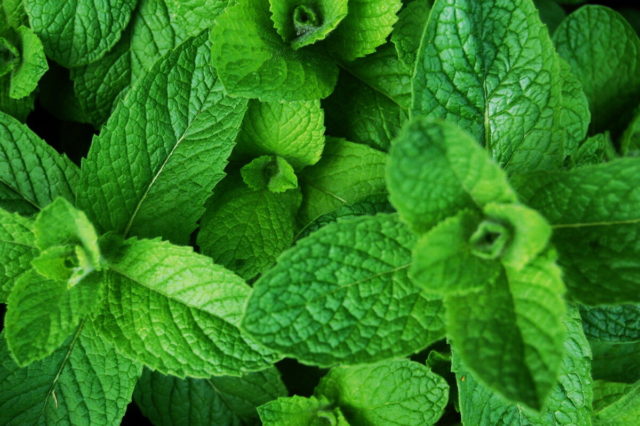

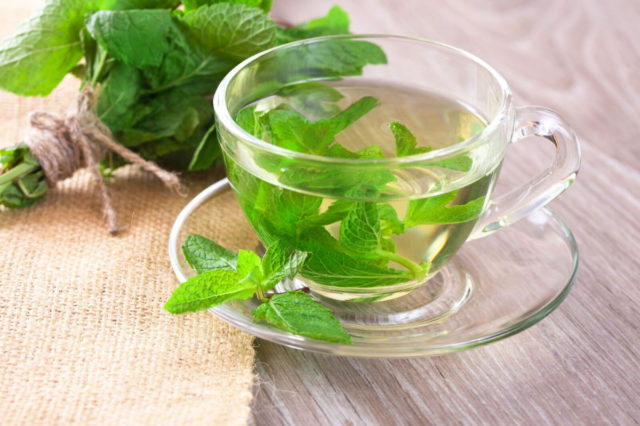
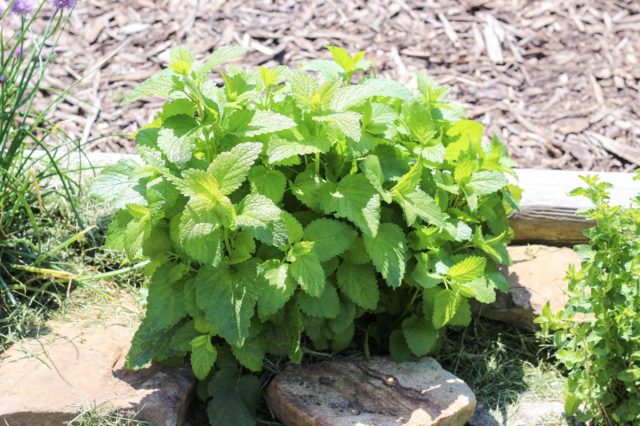
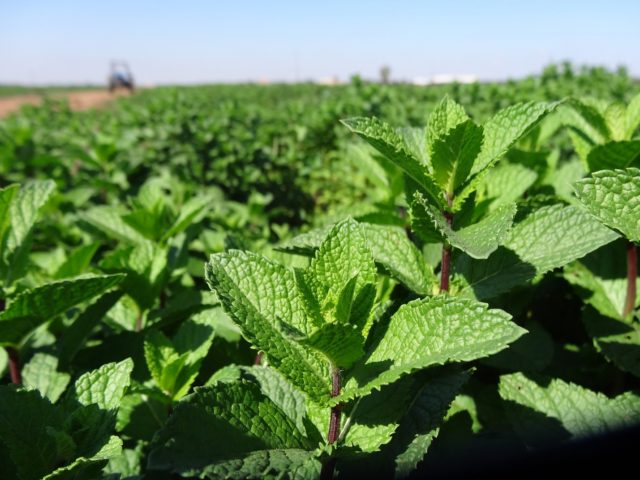
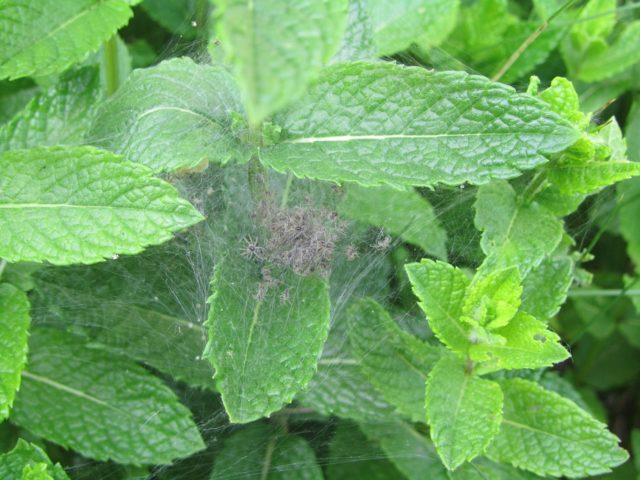
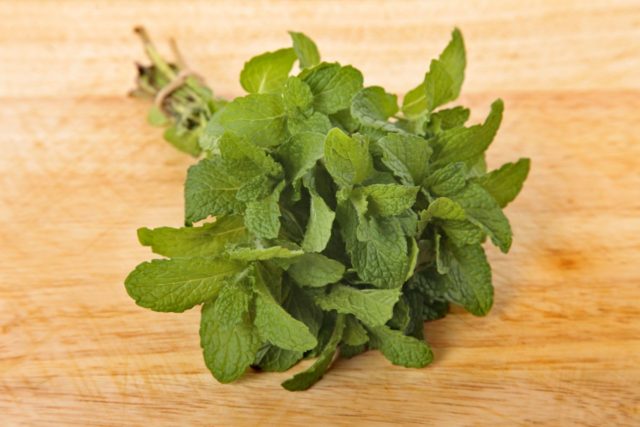
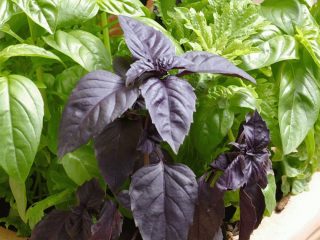
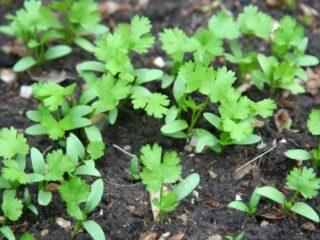
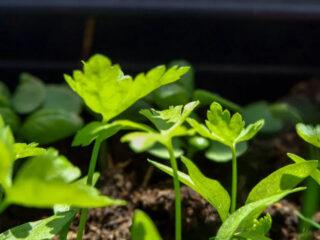
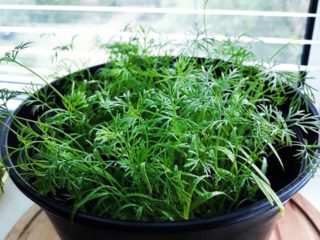

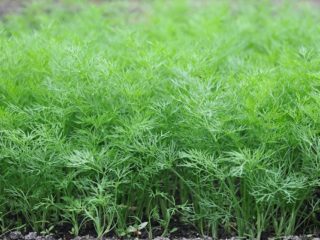
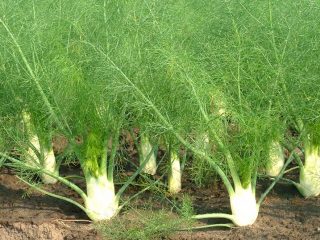
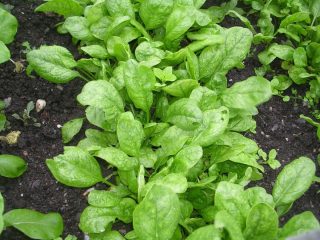

I am looking for apple, strawberry and pineapple mint seeds. They sell only seedlings. I would like to grow myself. Can you tell me where to buy. thank